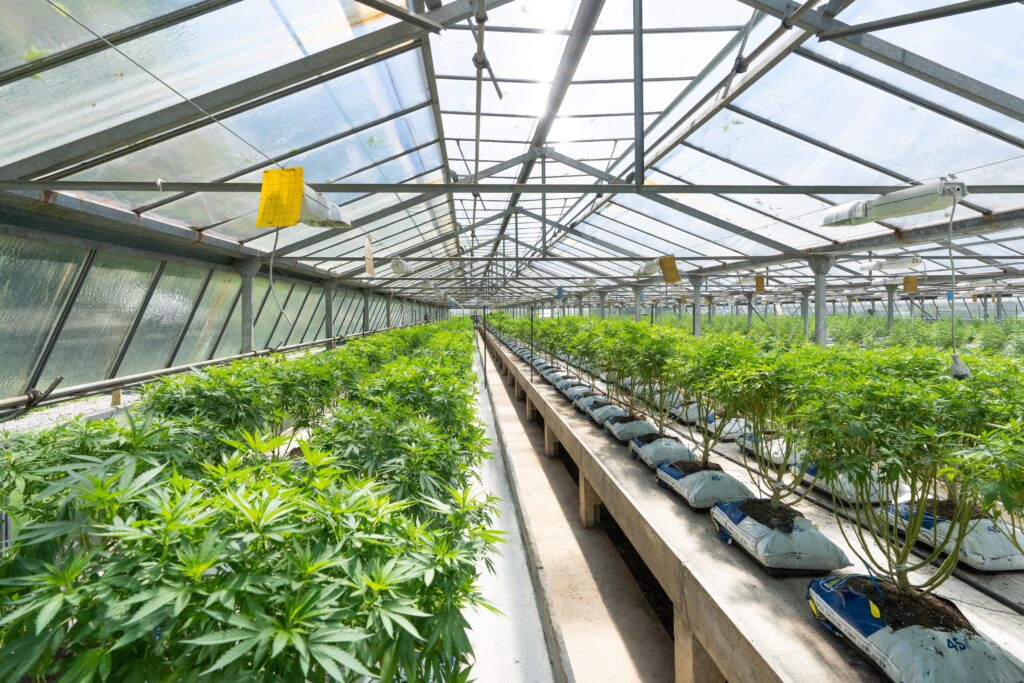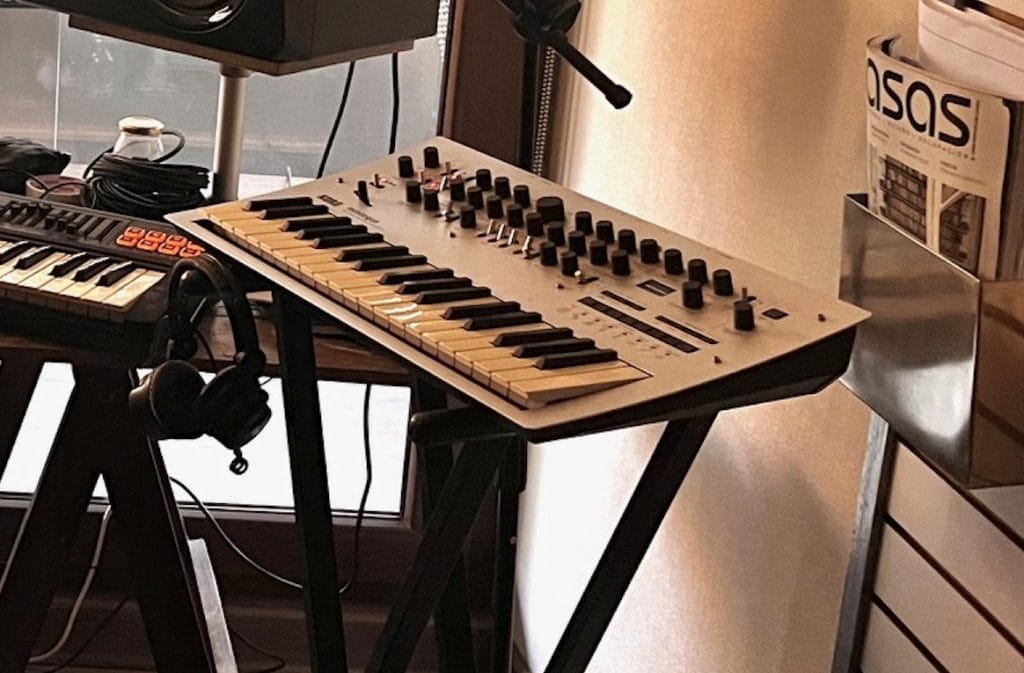
How It Was Made: Diego Miranda (CH) – The Magician & the Book of Spells (Cafe De Anatolia / Organic House)
The How It Was Made series is built around showing the real process behind a track, not the polished press version. For this edition, we’re looking at Diego Miranda (CH), a producer from Santiago who blends organic instrumentation with the hypnotic pulse of melodic house and downtempo. His track The Magician & the Book of Spells, released on Café De Anatolia, is built on live takes, analog synths, and the kind of rhythmic imperfections that only happen when hands are on the gear.
Diego’s approach comes from years spent behind both decks and hardware. He started as a DJ in Barcelona before returning to Chile to focus on production, using that club experience to shape music that moves people in small rooms and open-air stages. Instead of filling sessions with endless layers, he focuses on performance. Long takes, evolving pads, and percussive details are played and recorded in real time to keep the music breathing.
Below, Diego walks through the instruments and tools that shaped the record, and we present it exactly as he shared it, with his wording intact and the template removed.
Korg Minilogue
The Minilogue is an analog polyphonic synthesizer that stands out for its versatility and warmth. Its four-voice architecture and analog oscillators make it useful for deep bass, bright pads, and expressive leads. The built-in sequencer and automation recording allow fast idea capture without breaking creative flow.
For this track, it handled the main melodic layers and atmospheres. Several live takes were recorded, manually moving the filter and cutoff to create small variations with each pass. Polyphonic mode was used to create airy chords that, when processed with external effects, developed into a wide atmospheric bed.
The Minilogue is ideal for producers looking for a straightforward analog sound. Exploring the voice modes and recording live automation is key. Even simple patches feel alive and personal once you start performing the parameters by hand inside the mix.
Arturia DrumBrute
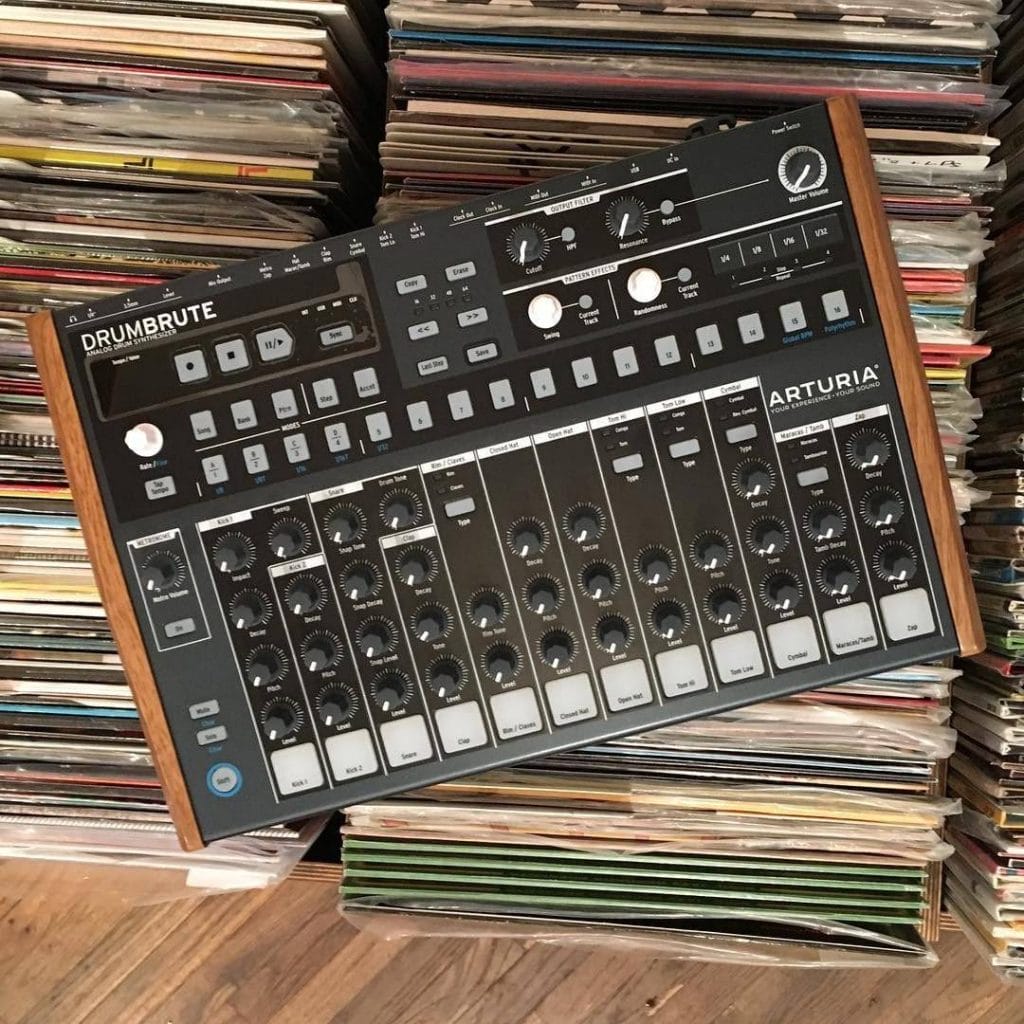
The Arturia DrumBrute is an analog drum machine known for punchy percussion and a raw tone that fits organic and downtempo production. It does not try to emulate 808 or 909 drums, which makes it stand out when a more natural and human feel is needed.
It was used as the rhythmic base of the track. Grooves were programmed with swing, then processed using analog delay and distortion pedals to add texture. The sequences were recorded in real time, including manual changes in accent and fills, which brought a looser, more human groove than a programmed digital rack.
Treat the DrumBrute as a performance instrument. Adjusting swing, accents, and playing fills live delivers results impossible to replicate with static samples. In organic house, this spontaneity changes the entire feel of a track.
Eventide Space (Reverb Pedal)

Eventide Space is a digital reverb pedal capable of creating natural spaces and surreal atmospheres. Its reverbs are smooth, musical, and blend well into organic electronic productions.
It was used on pads and leads created with the Minilogue, adding depth and stereo movement. Some percussive elements were also sent into Eventide Space during transitions to create long evolving tails that open the mix. Parameters like decay and mix were adjusted in real time so the reverb behaved like an instrument within the track.
Use Eventide Space dynamically rather than leaving it fixed on one setting. Expanding and contracting the reverb throughout a performance keeps the mix alive and connected to the movement of the song.
Valhalla VintageVerb
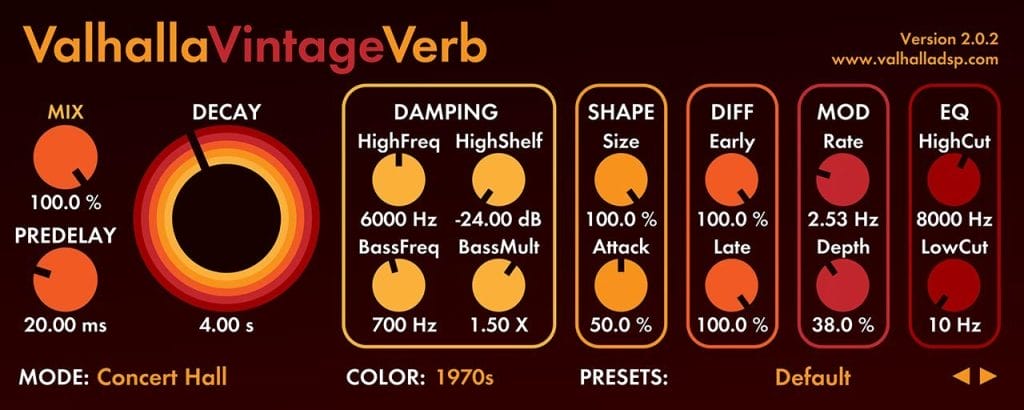
Hardware was the primary focus of this track, but Valhalla VintageVerb was used to complement it. It delivers wide reverbs quickly and cleanly without needing to route audio out of the DAW.
VintageVerb was added to subtle textures and atmospheric layers that needed space while staying light on CPU and workflow. Plate mode with long tails and low-frequency cuts worked best, keeping room for the main reverb from Eventide Space.
This plugin is useful when time is limited or when hardware is already in use. It keeps creativity moving while maintaining depth in the mix.
Quick Fire Hot Takes
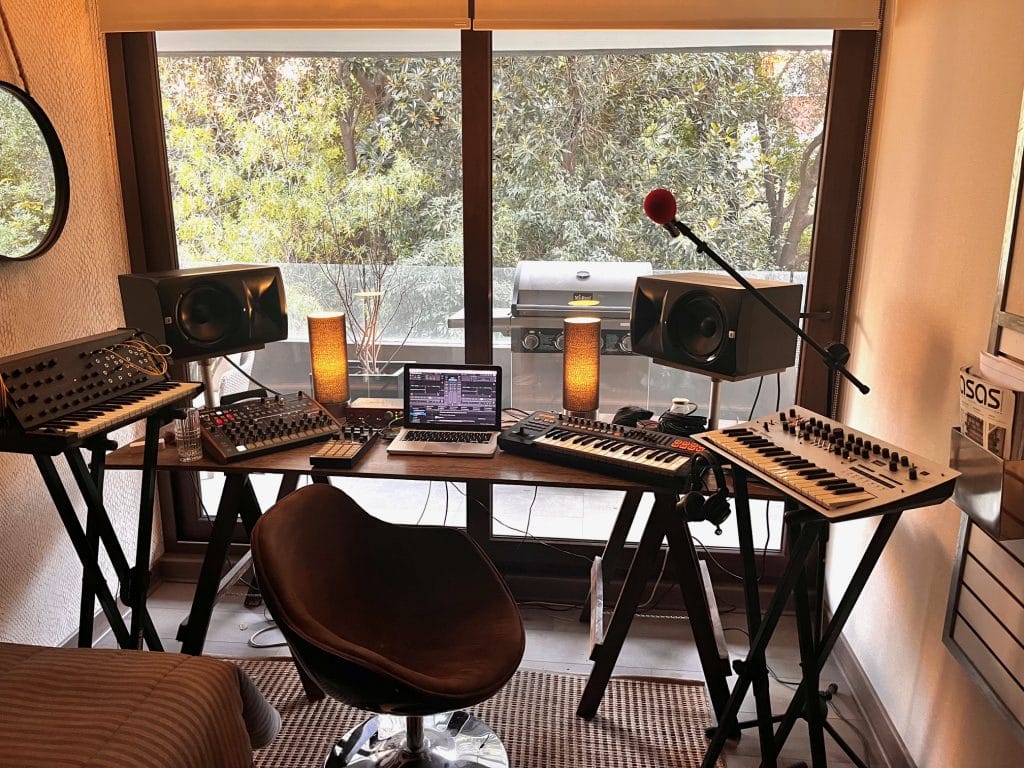
Hot Take 1: Artists should go back to recording long, improvised takes. Editing after recording gives more life than programming fixed notes.
Hot Take 2: A bassline played live on an analog synth has more impact than twenty perfectly aligned digital layers.
Hot Take 3: Organic house feels strongest when the gear breathes and producers move away from strict grid programming.
Hot Take 4: The emotion is in the interaction with the gear. Turning knobs in real time connects you to the music and it carries over into the final mix.
Hot Take 5: The current sound is defined by combining analog warmth with practical digital tools. Balance between both workflows is shaping this era.

